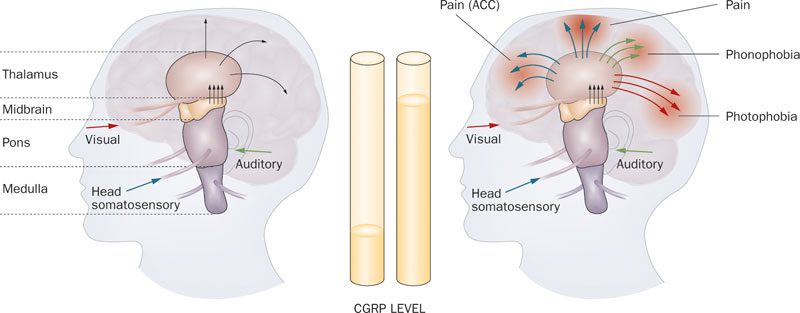Sensory receptors
In a sensory system, the sensory receptor is a sensory nerve which responds to a stimulus in the internal or external environment of an organism. In response to stimuli the sensory receptor begins sensory transduction by producing graded potentials or action potentials in similar cell or in an adjacent one.
The sensory receptors included in taste and smell contains receptor molecules which bind to particular chemicals. The Odor receptors in olfactory receptor neurons, for illustration, are activated by interacting with the molecular structures on the odor molecule. Likewise, the taste receptors in taste buds interact with the chemicals in food to generate the action potential. They also give the unconscious capability of the body to detect modifications in blood pressure, blood volume, and the levels of gases, salts, and nutrients in the blood.
These expert cells are elegantly adapted for the detection of specific physical or chemical events outside the cell. They are connected to the nerve cells, or are themselves nerve cells. Most of them are enclosed in sense organs. Others are the endings of nerve fibres which ramify within the skin, the bones, muscles, and joints and the other organs of the body. So far others are nerve cells in the brain which are sensitive temperature, to dissolved salts, gases, and other substances in the fluid around them.

In human beings there are just four crucial kinds of sensory receptor — sensitive to mechanical stimulation, chemicals, light, and temperature — but they vary extremely in their form. The specific kind of stimulus to which they respond is largely determined by the structure of the sense organ around them or by their position in the body. Several animals have receptors sensitive to magnetic fields or to electrical fields.